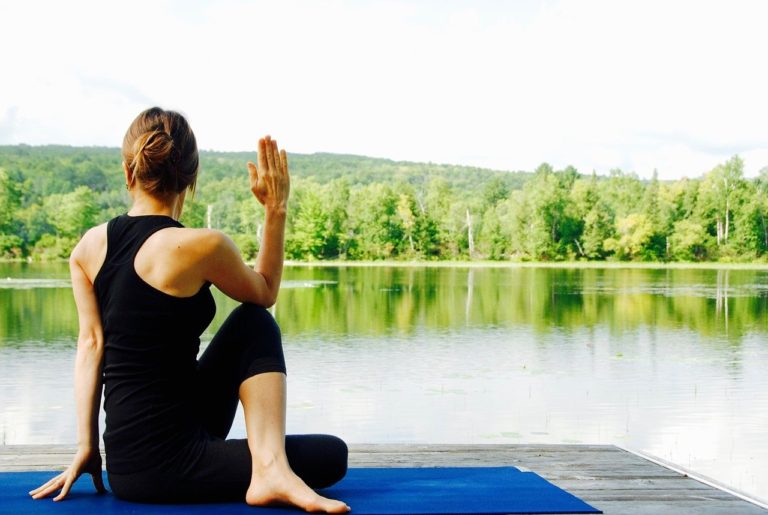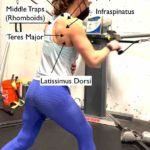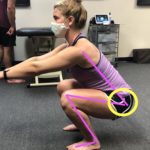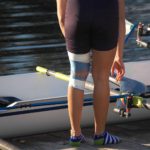Spine Mobility and Your Rowing Stroke:
In broad terms, there are two main factors that come into play when it comes to how far each stroke moves the boat. First, how much power you can generate and second, how much water you can apply that to. Mobility of your shoulders, spine, hips, knees and ankles all come into play when we are talking about how much water you move each stroke. In this post, we will look at the spine and how to improve mobility to support your stroke
How your spine moves or doesn’t move can really affect how powerful or effective your rowing stroke can be. Spine rotation to both sides without compensations and having full and uniform flexion and extension patterns (bending forward and back) are important mechanics to understand. Decreased mobility in either direction can be related to muscle tightness and skeletal changes. Skeletal changes could be arthritis or other age related changes or you might develop skeletal change as a result of pervious spine related injuries.
How muscle tightness or other stiffness through your spine can affect your stroke:
Forward flexion mobility or what we use for body over. Having tissue tension or tightness through hamstrings, quadratus lumborum, psoas and even the outsides of your hips can affect how well you can get your body over without overloading your spine or other joints. Ideally we use a hinging pattern coupled with some spine flexion to achieve body over.
Rotation can be limited by tightness through many muscle groups: quadratus lumborum, lats, psoas, hip external rotators and hip adductors to name some big ones. These groups tend to hold on tight when the get tired or overused (when the workout demand is above the current threshold of the muscle strength) and can leave you more locked up when it comes to spine mobility. When there is tightness through the low back and pelvis, very often both directions (rotation and flexion/extension) are affected to some degree. Within your rowing stroke you might notice different changes or feelings while you row. Feeling tight into the catch or lacking range might be one thing. Feeling like you need to reach through your shoulders more than usual to get your blade in or to lean more towards your sweep rigger are other common compensations related to tightness through your spine.
How do keep your back “happy”?
Adding regular spinal rotation and soft tissue self care are a great start! For any age group, regardless of age related changes, these suggestions can be useful to keep what you have for mobility or improve it. Adding a mobility drill into your warm up routine, gives your body a chance to feel its mobility for the day before you’re on the water. Doing some spine rotation paired with some breathing gives your nervous system a chance to wake up and be a bit more in tune before you start your workout. It’s a great self-assessment, almost like doing the ABC’s (air, breaks, chain) on your bike before you ride.
Here are a few good stretches and tricks with foam rollers or other mobility tools to play with within your warm up or cool down. Trying to find something that works for you to hit your areas of tightness is important and being consistent with it will get the best results.







